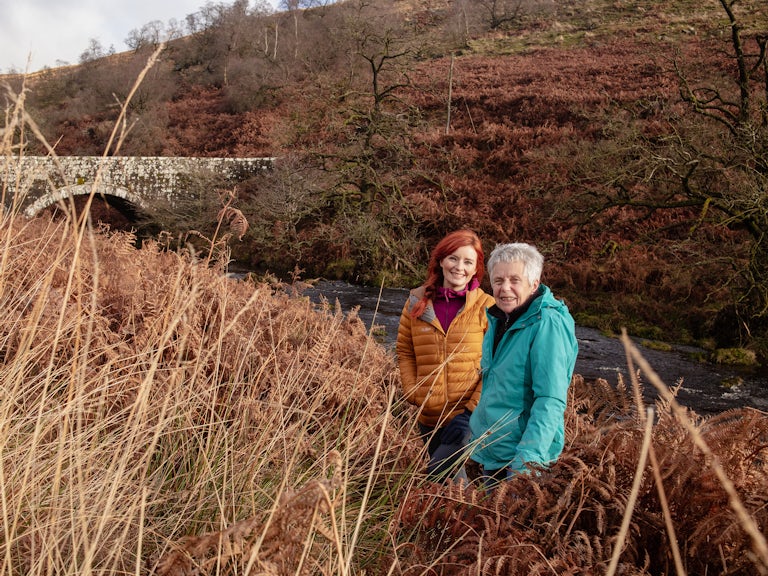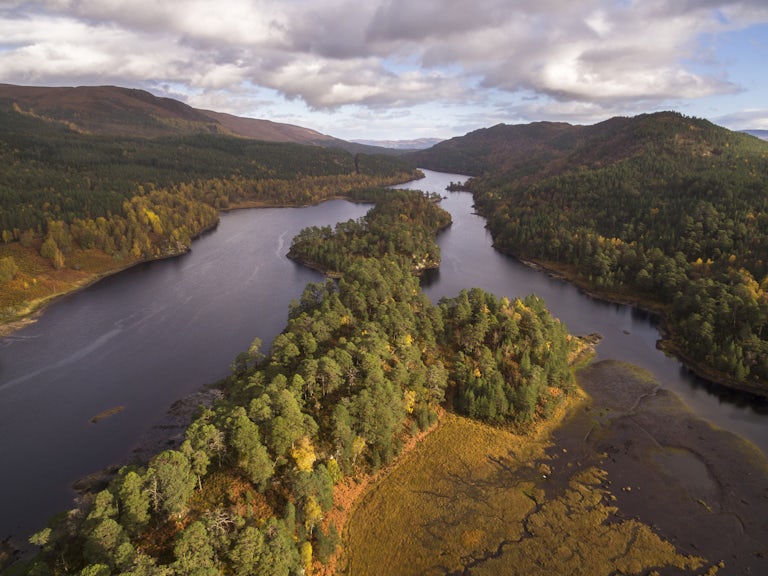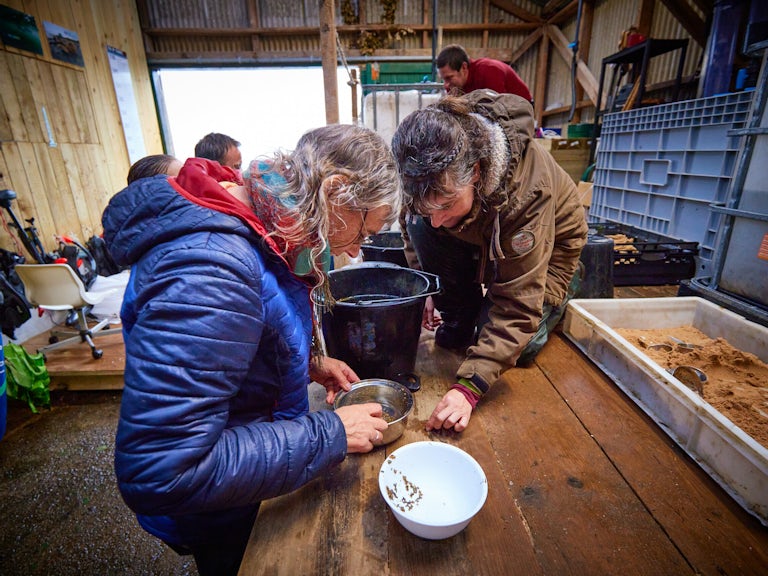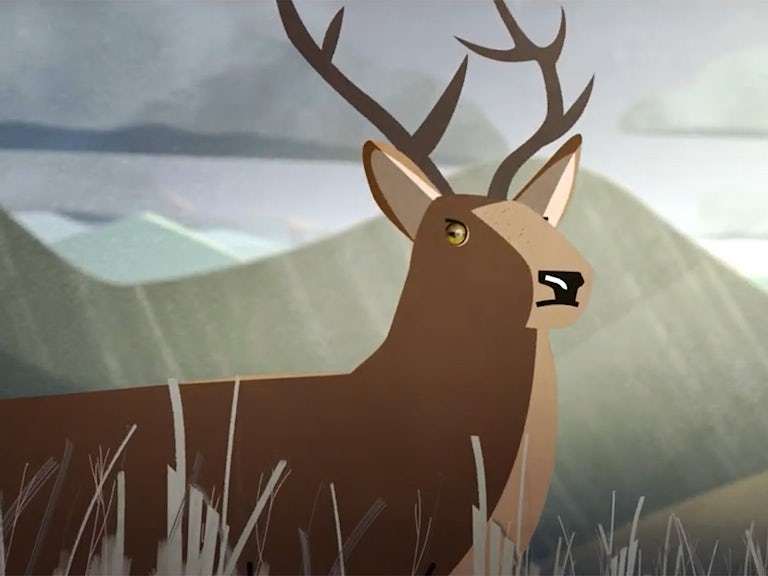Weaving rewilding into the fabric of Scotland
A new bill is a golden opportunity to set Scotland on the path to reversing biodiversity loss and adapting to climate breakdown, says Scotland Advocacy Coordinator Charlotte Maddix.

Published 20/11/2023
Rewilding, as a systems approach, challenges us to look at every aspect of how we manage land. The new Scottish agriculture bill is a golden opportunity to set Scotland on the path to reversing biodiversity loss and adapting to climate breakdown.
In the wake of Brexit, the Scottish Government is moving away from the Common Agricultural Policy while making sure it stays in line with Europe on the outcomes.
The recently published Agriculture and Rural Communities Bill is a framework bill, setting out a rough sketch of how public money will be spent on rural land management in Scotland. Secondary legislation will come along afterwards to fill in the details. There’s an avalanche of legislation pouring out of Holyrood — but this is a crucial bill when it comes to nature recovery.
Why the Agriculture and Rural Communities Bill is important
As a member of the Scottish Rewilding Alliance , Rewilding Britain is calling for 30% of Scotland to be in rewilding by 2030. We would like to see Scotland declared the world’s first Rewilding Nation. Scotland is fortunate to have so many existing rewilding projects already underway – let’s build on that success.
Across Scotland, farmers, crofters and growers are already helping to restore peatlands, repair wetlands and encourage woodlands. But complex subsidy schemes haven’t always made this easy. We know from working with our Rewilding Network that claiming grant money can be time-consuming and confusing. Existing government subsidy schemes aren’t designed to be accessed by those prioritising nature recovery on their land. Smaller landholdings might struggle to access philanthropic funding or novel finance opportunities. Land managers wanting to be more ambitious when it comes to nature recovery on their land are put off by the process.
We believe that land managers who are rewilding their land to tackle the nature and climate crises should be supported in that work. Public money for public goods — and rewilding produces so many essential public goods: flood protection, drought control, climate change mitigation, biodiversity, public access to nature, cultural opportunities and more.
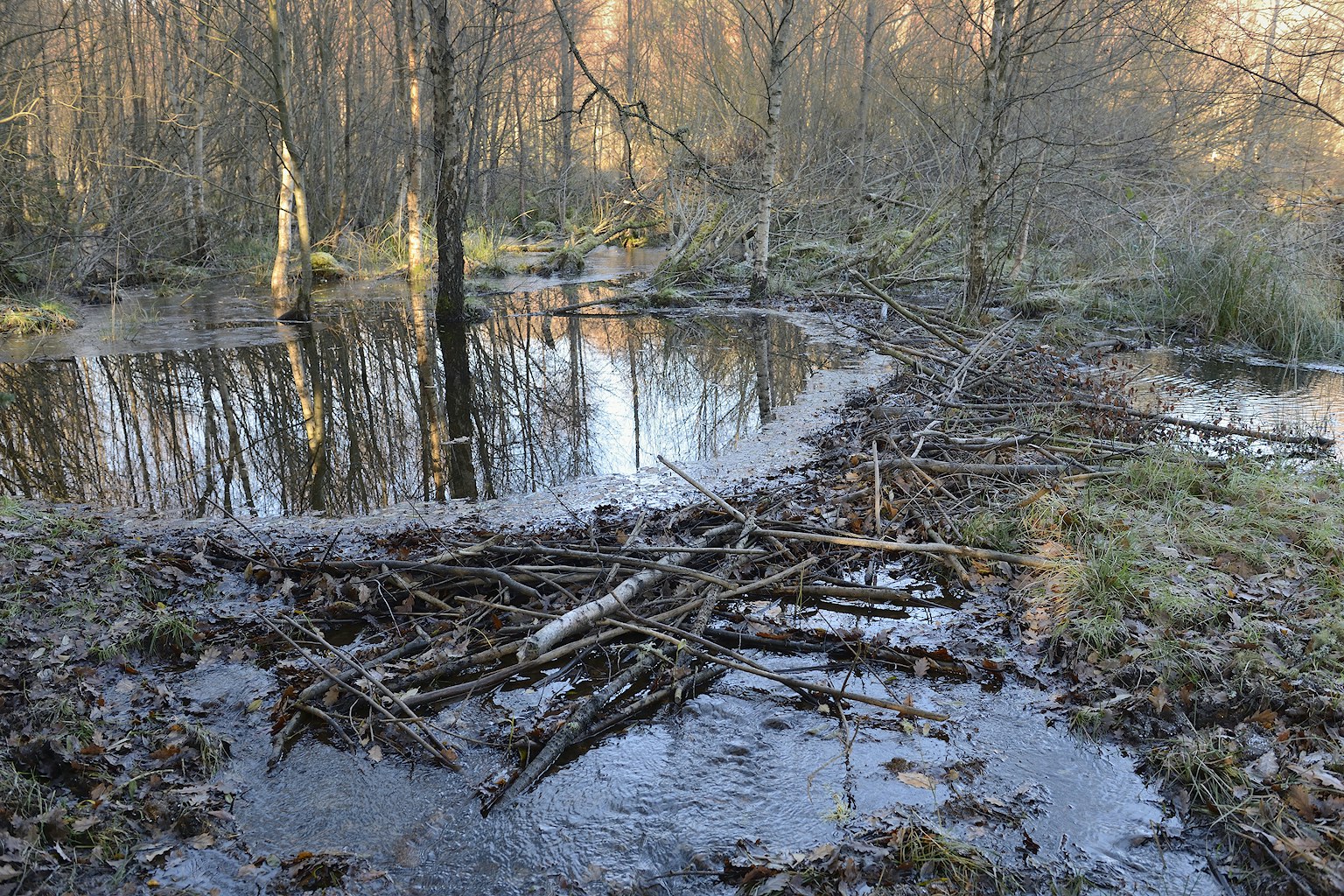
What are natural processes?
Natural processes are the endless interactions between plants, animals and the environment that shape the world around us. We depend on these natural processes. Landscapes that are in better health contribute to creating healthier environments for human habitation. The free movement of rivers moves matter through the landscape, feeding animals and plants while protecting us from flooding. Pollinators like bees and butterflies move between flowers, ensuring the survival of food crops and wild plants. Native woodlands die back or are coppiced by animals, before regenerating and creating an even healthier forest.
Across Scotland, many natural processes have been interrupted, held back or stopped in their tracks. Rivers have been straightened. Habitats fragmented. Native woodlands removed or held back from regenerating.
Giving nature the freedom to revive these dynamic natural processes is an investment in the living systems we all rely on. Food, timber, our own health and wellbeing – so much depends on having a healthy natural world. We believe that rewilding is key to helping repair the natural processes that have been disrupted or broken across Scotland.
Turning legislation into action
Rewilding is the large-scale restoration of nature to the point where it can take care of itself. Each landholding is different, shaped by generations of interactions between nature and human behaviour, working at varying scales and paces – but to achieve 30% rewilding, we need to think big. If we are going to reverse biodiversity loss and help nature bounce back, thousands of people in thousands of places need to make wilder choices, working together.
In a Rewilding Nation, many more people would be able to make decisions about land use that work with nature, not against it. For some, this might mean wider field margins, more trees and/or more natural grazing patterns. For others, particularly those making a living from land that is less traditionally productive, this might mean restoring river systems, reintroducing missing species or rewetting peatlands. Rewilding Britain wants to see an inspiring mosaic of rewilding across 30% of our land and seas where nature is flourishing and delivering major benefits for people. This includes 5% rewilding with 25% returned to broader mosaics of nature-friendly land and marine uses — including farming, forestry and fishing. Rewilding is a spectrum.
Crucially, it needs to be made easier for land managers to collaborate with others to achieve rewilding at scale. The Agriculture and Rural Communities Bill is a chance to make that happen.
Many land managers want to do more for nature. Some need government support to start out; others to scale up. Right now, the subsidy and support arrangements exclude all but the most determined. So we need to think hard about how land managers are rewarded for their efforts – and not shut out those that are furthest along this path.
Three things we want to see in the bill
Rewilding Britain would like to see this legislative framework result in a modern rural support scheme that is ready to take on the challenges of the climate and nature emergencies, through:
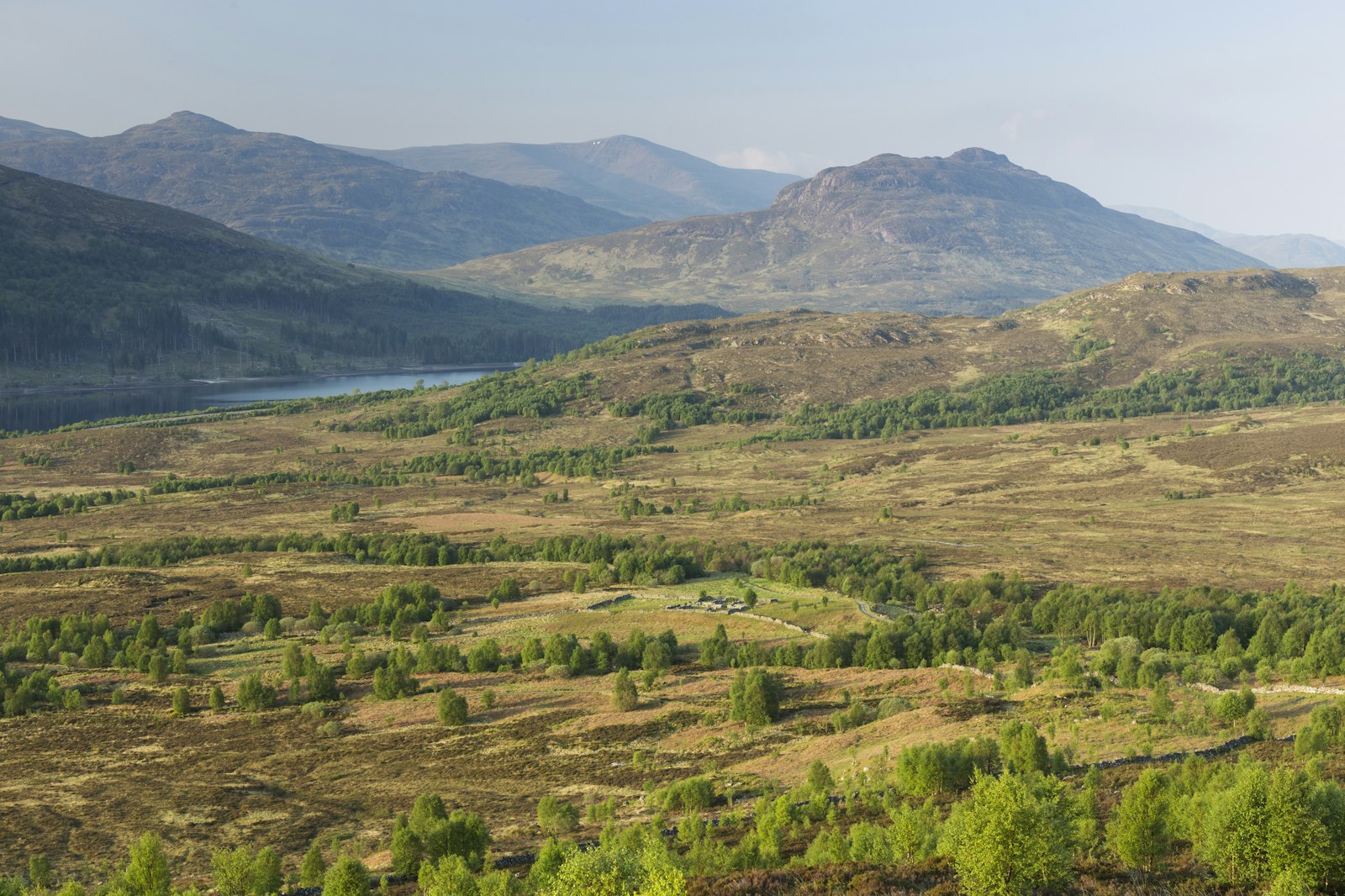
1. Ensuring the restoration of natural processes
With most of Scotland’s land classed as agricultural land, it’s clear that agriculture policy should incorporate repairing ecosystems as an overarching objective. We would like to see the bill place the restoration of natural processes front and centre in the text. Reviving natural processes lies at the heart of achieving functioning ecosystems.
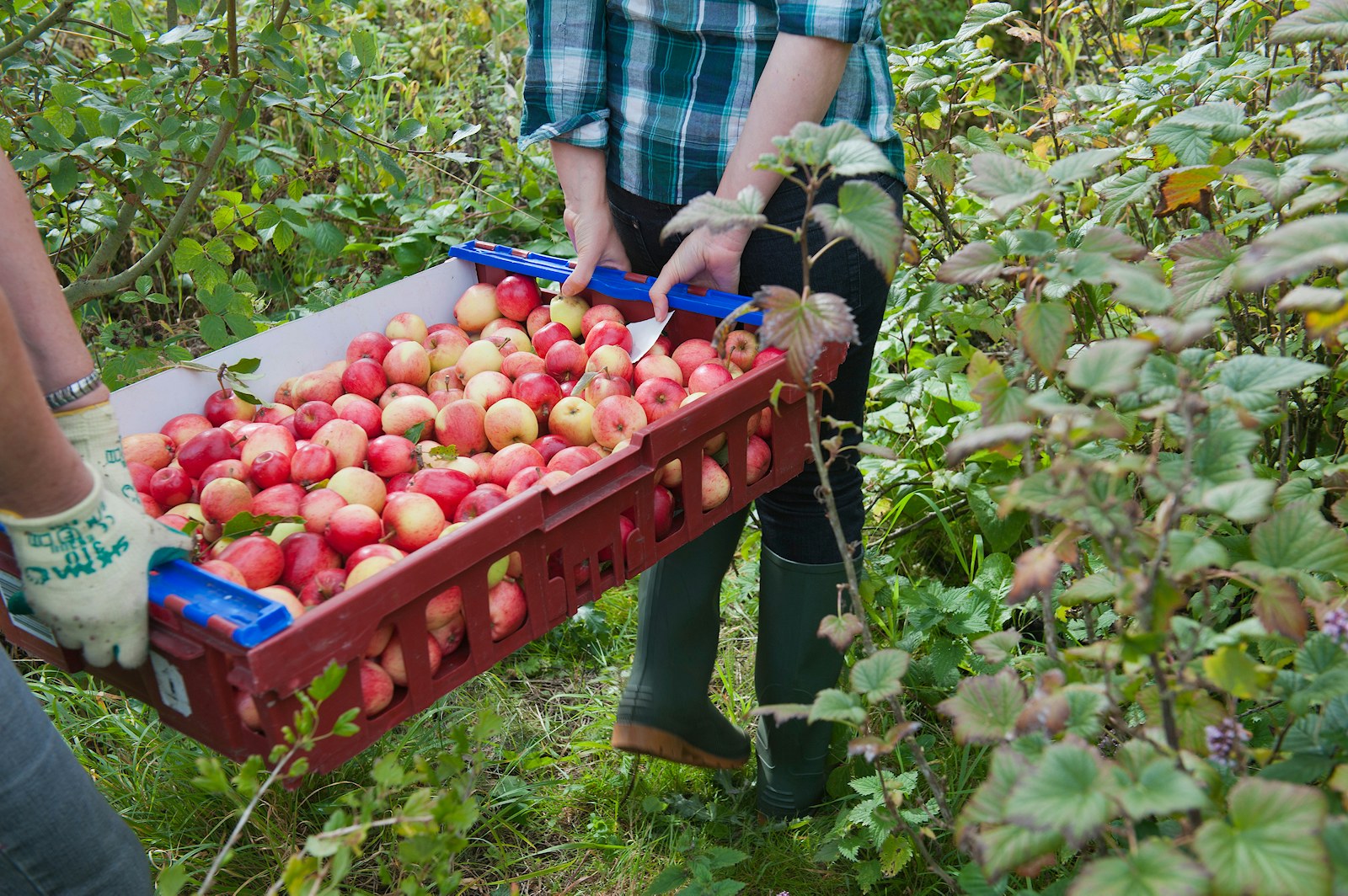
2. Developing a nature-based economy
We believe that a new, fair and green industry can emerge from the restoration and rewilding of the land. While the Agriculture and Rural Communities Bill includes a section on enabling people to thrive in rural areas and encouraging investing in infrastructure and services in and for rural areas, we believe that there is a crucial missing element – nature. Given the realities of climate breakdown, we propose that investing in ecological restoration and nature-based enterprises is included as a key element of the bill.
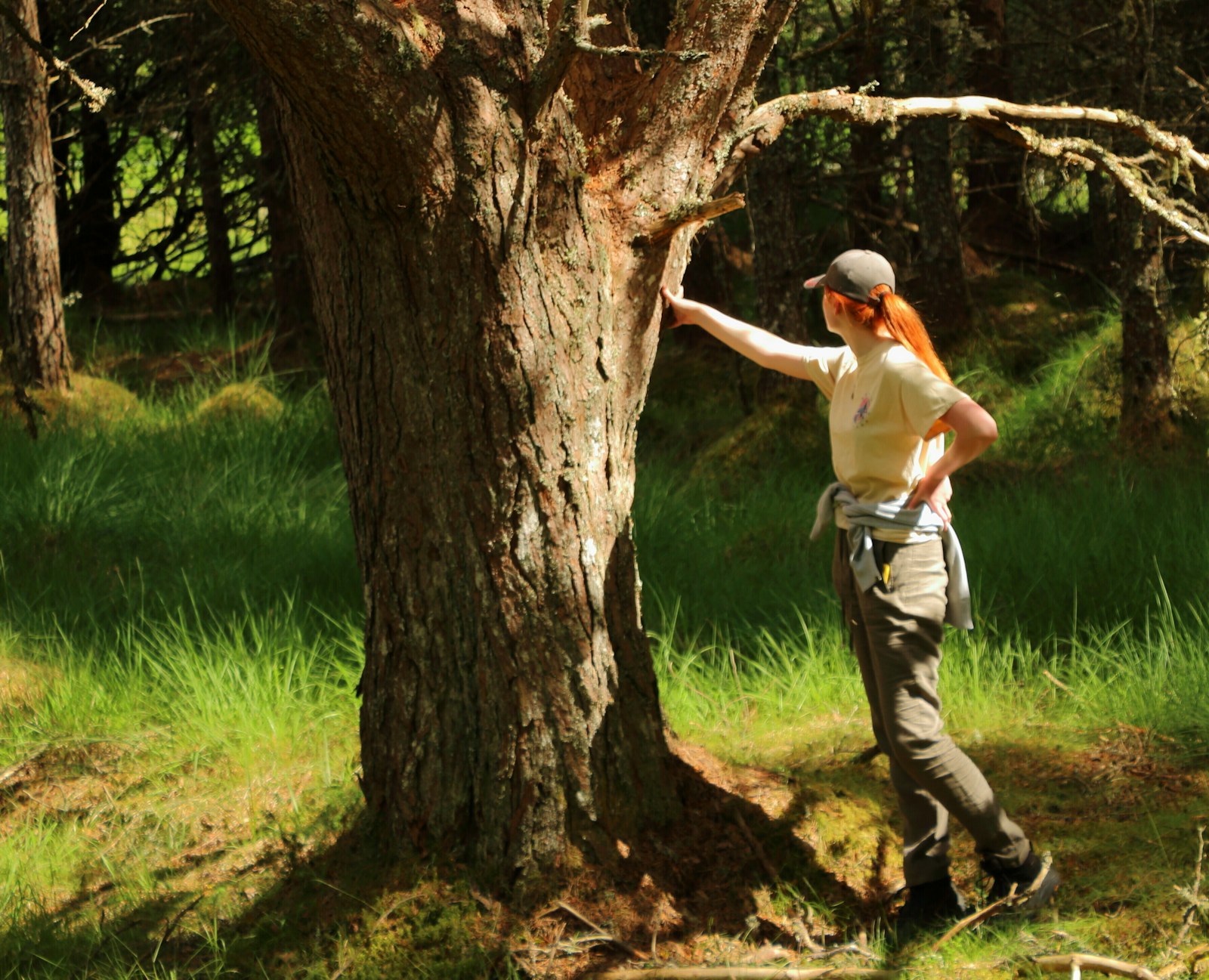
3. Supporting training and professional development
In order to achieve ecosystem restoration, land managers will need to make more choices that benefit nature and boost natural processes. For them to make informed choices, knowledge of natural process-led land management should be a cornerstone of the training and professional development supported through the bill’s framework.
“While meeting the needs of farmers and delivering public goods for nature and the climate, frameworks should ensure there is support for approaches that scale up rewilding principles to the more ambitious end of the spectrum, in places where people choose to do so.”
Benedict Dempsey, WWF-UK
Bridging the Divide: Rewilding, Farming and the Triple Challenge
In summary
There are many different approaches to more nature-positive farming already being taken in Scotland. Sustainable agriculture. Nature-friendly farming. Regenerative agriculture. Nature-based solutions. High Nature Value farming. It’s right that these should be incentivised and supported by the government.
But we also need rewilding.
A Rewilding Nation is one that is more resilient to global heating, extreme weather events, crop pests and livestock diseases, ensuring less disruption to food systems and a more positive future for farmers, crofters and growers. A Rewilding Nation rewards those land managers helping to achieve that vision. In building a Rewilding Nation, everybody has to come on the journey together. Rewilding Britain wants to see a massive upscaling of rewilding across 30% of land by 2030 – reconnecting us with nature, helping communities thrive and prosper, and tackling the interconnected nature and climate emergencies.
Alongside our partners in the Scottish Rewilding Alliance, we’ll be making the case for nature as the Agriculture and Rural Communities Bill passes through Holyrood.
Stand up for nature
Thank your for acting wild.
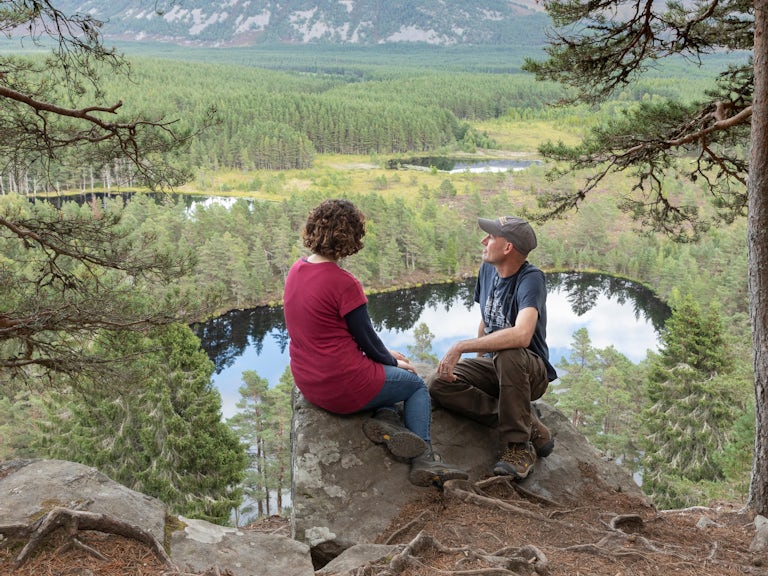
Push for change
Urge the Scottish Government to declare Scotland the world’s first Rewilding Nation.
Add your voice
Join the movement
Keep up to date with Rewilding Britain’s campaigns for change by joining our mailing list.
Sign up to our newsletter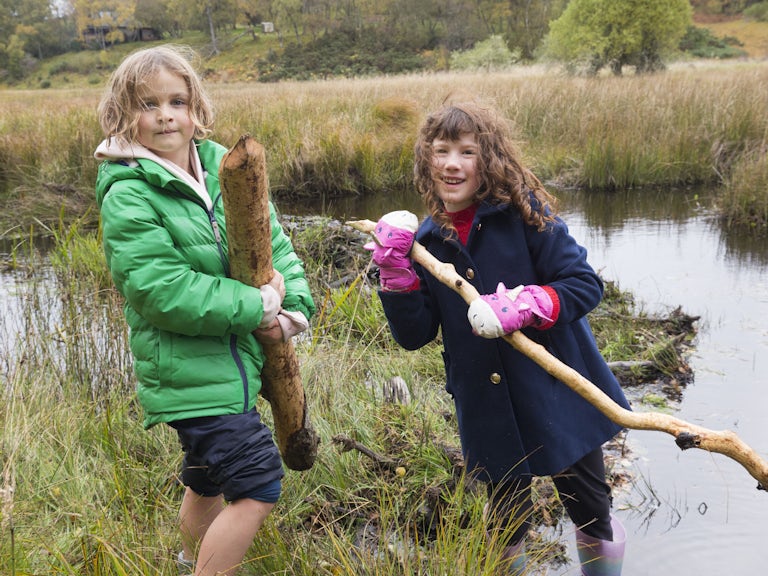
Community rewilding guide
Access this brilliant toolkit for Scottish communities, packed with practical tips, resources and real stories.
Get started